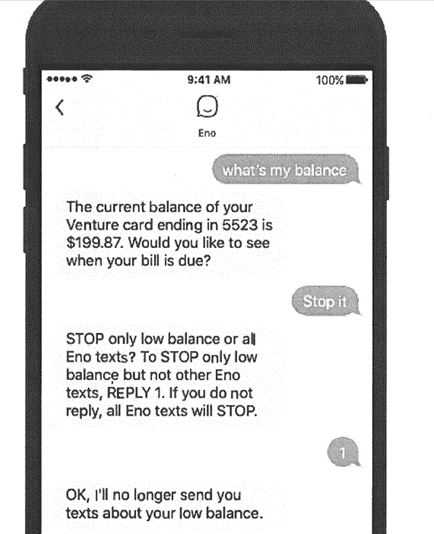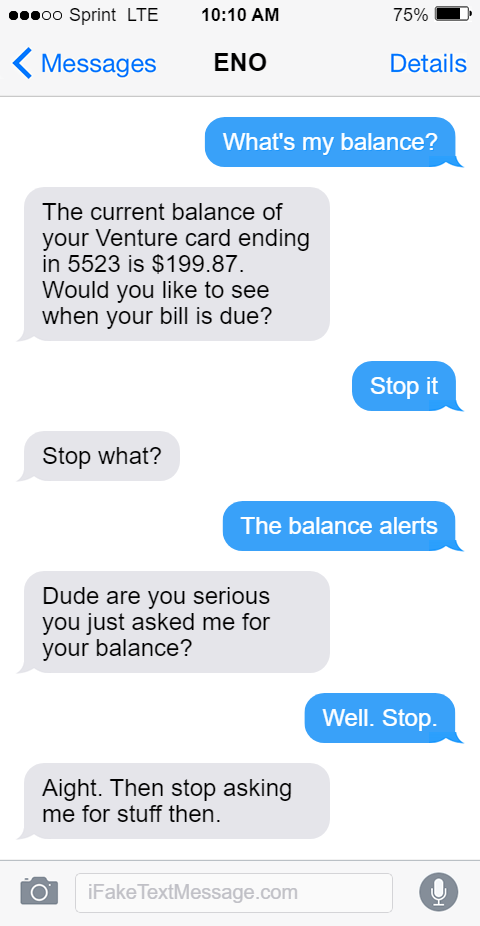The Consumer Financial Protection Bureau (CFPB) confirmed in its Fall 2019 Semiannual Regulatory Agenda that it intends to take final action on the Notice of Proposed Rulemaking for debt collection in 2020. The most recent edition of the Regulatory Agenda, which is not yet available on the Federal Register, was posted on the CFPB’s website.
According to the NPRM’s Federal Register tracking page, the docket lists an ominous “Other” scheduled for “01/00/2020.” We’ve seen this type of “non-date” in the Federal Register from the CFPB before as we awaited the release date of the NPRM.
The Fall 2019 Regulatory Agenda also describes the CFPB’s testing of time-barred debt disclosures, for which the CFPB submitted a notice in February of this year. The Regulatory Agenda states that the testing was not the focus of the NPRM, but that agency will determine whether it needs to supplement the NPRM after the testing is concluded. Any further supplementation to the NPRM would have a comment period.
insideARM Perspective
The road to the final debt collection rule has been long, and it’s surreal to think that we are almost at the end of it. With that said, it’s hard not to take the timeline with a grain of salt. As mentioned above, we’ve seen the ominous “non-date” in the Federal Register and heard many notices from the CPFB claiming that the NPRM would be released at a certain point, only to have it be delayed multiple times.
[article_ad]
It would be ideal if the final rule was issued earlier in 2020 in order to avoid overturning through the Congressional Review Act, which might be made more likely depending on the outcome of the 2020 election. After all, it wasn’t too long ago that we saw the death blow to the CFPB’s Arbitration Rule through the Congressional Review Act shortly after the shift of power in government following the 2016 election. If Congress invokes the Congressional Review Act, it not only stops the proposed rule from being enacted, but it also prevents the agency from creating a substantially similar rule without Congress’s approval. If invoked for the debt collection NPRM, this could mean endless uncertainty for the industry. Clear rules of the road are better than no rules of the road.
CFPB Regulatory Agenda Marks Final Debt Collection Rule for 2020…And the Clock is Ticking to Avoid CRA Nullification
http://www.insidearm.com/news/00045708-cfpb-regulatory-agenda-marks-final-debt-c/
http://www.insidearm.com/news/rss/
News


